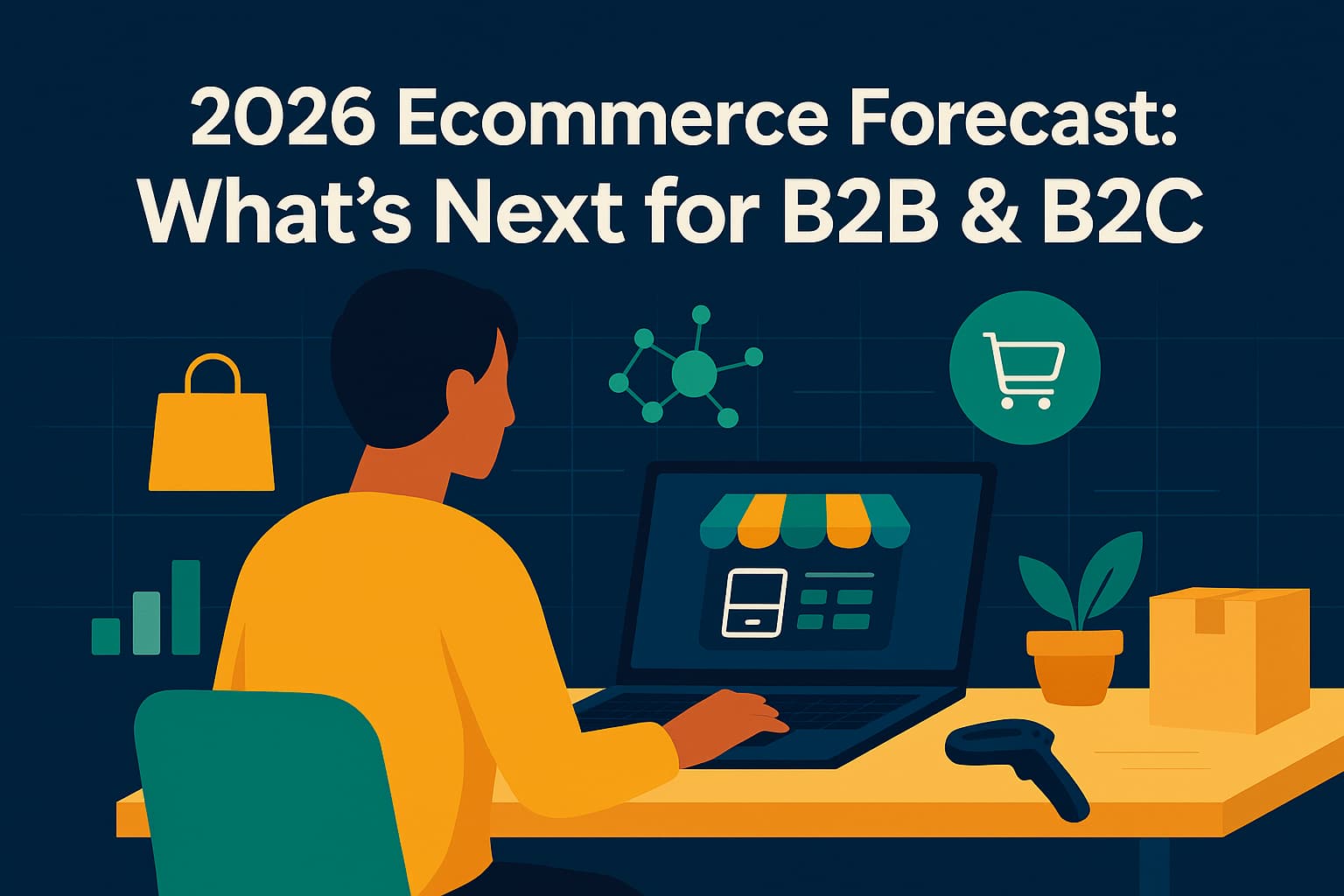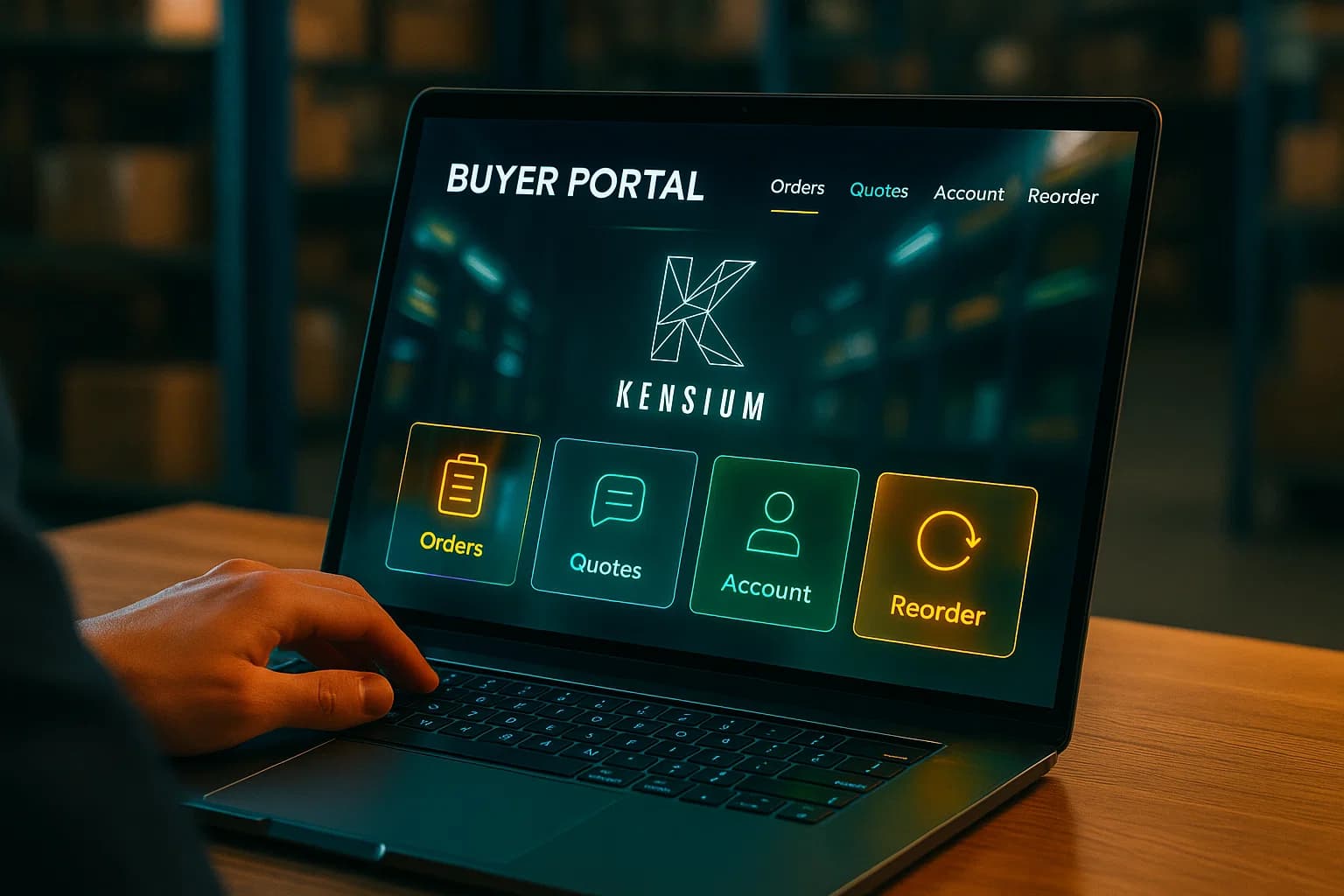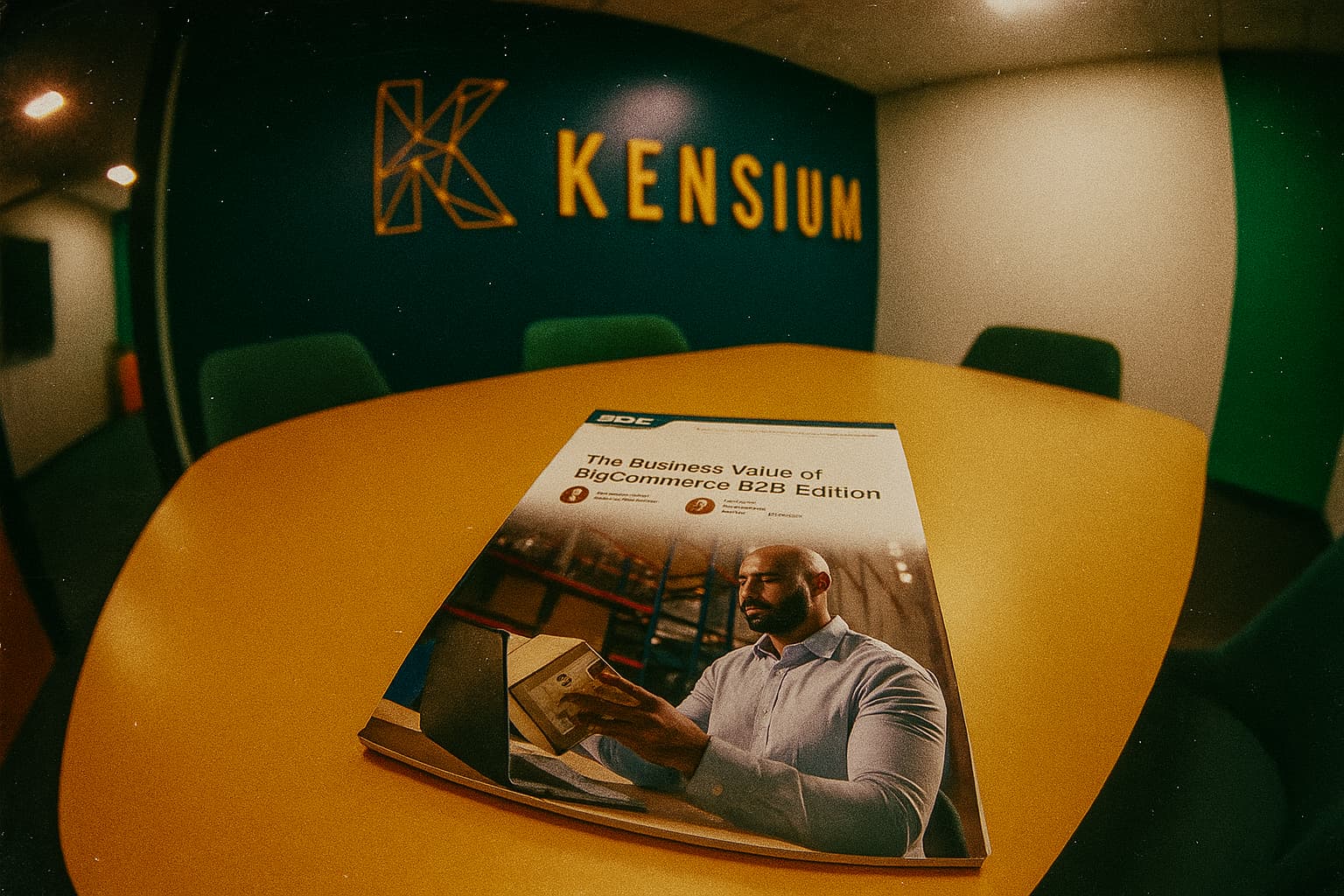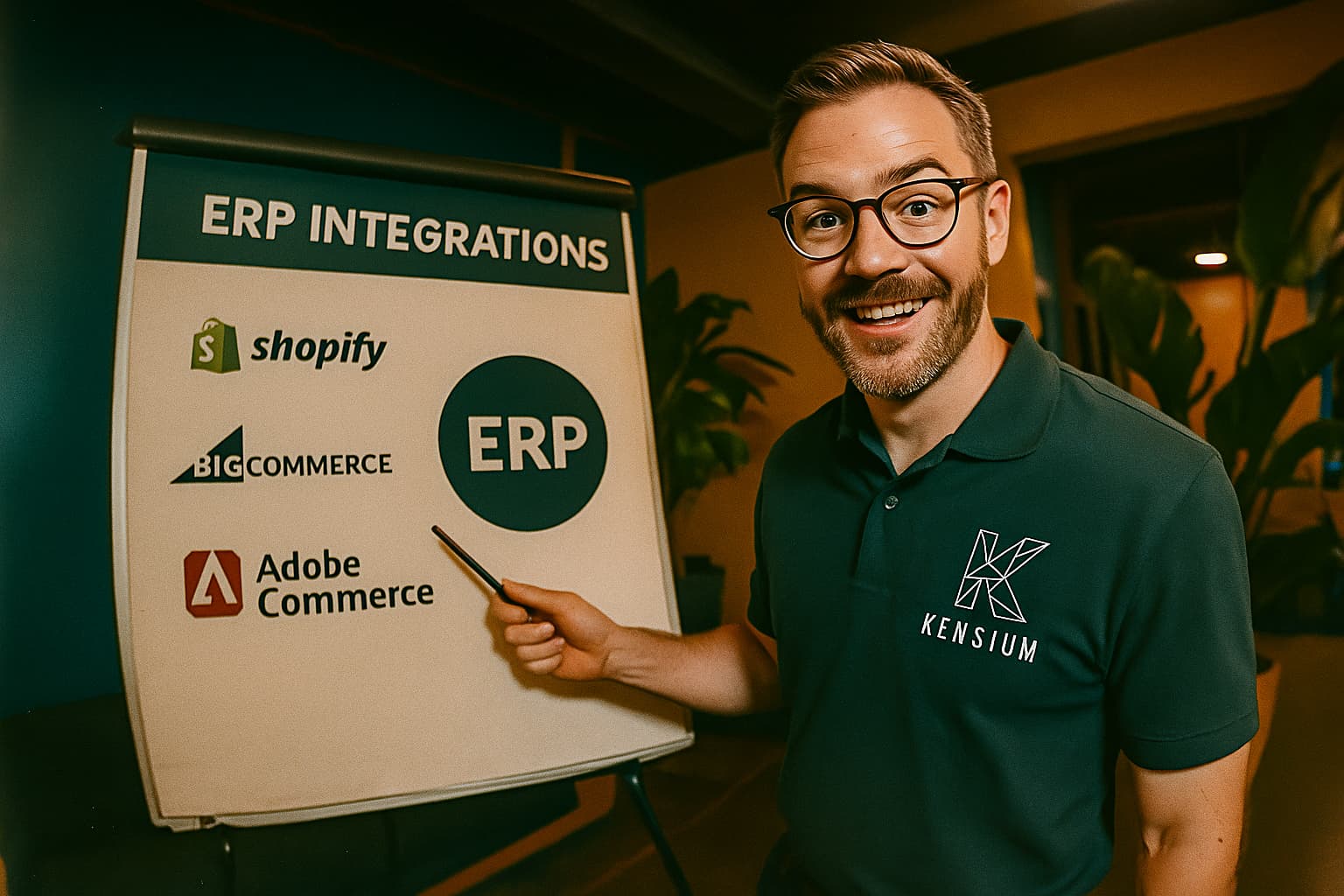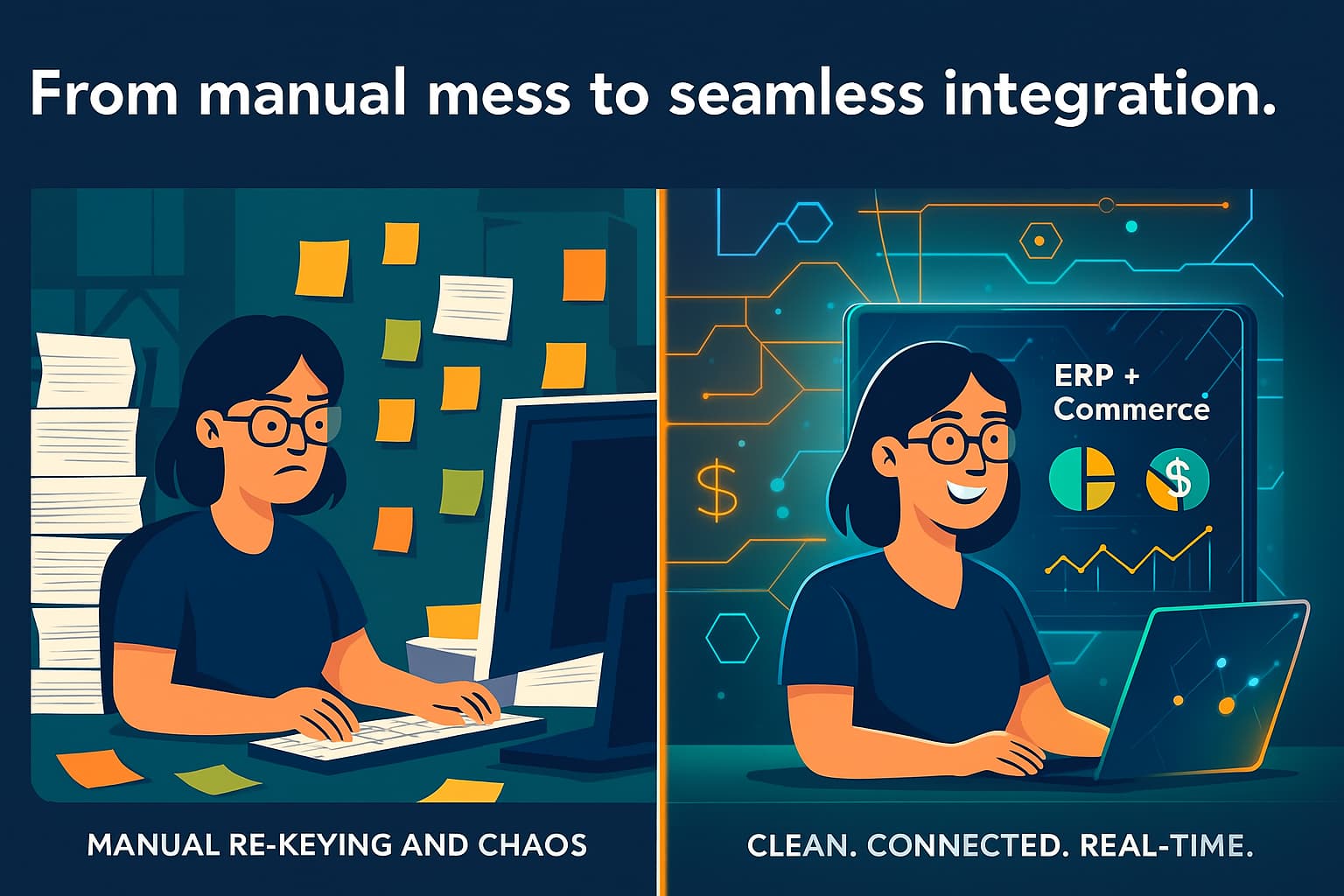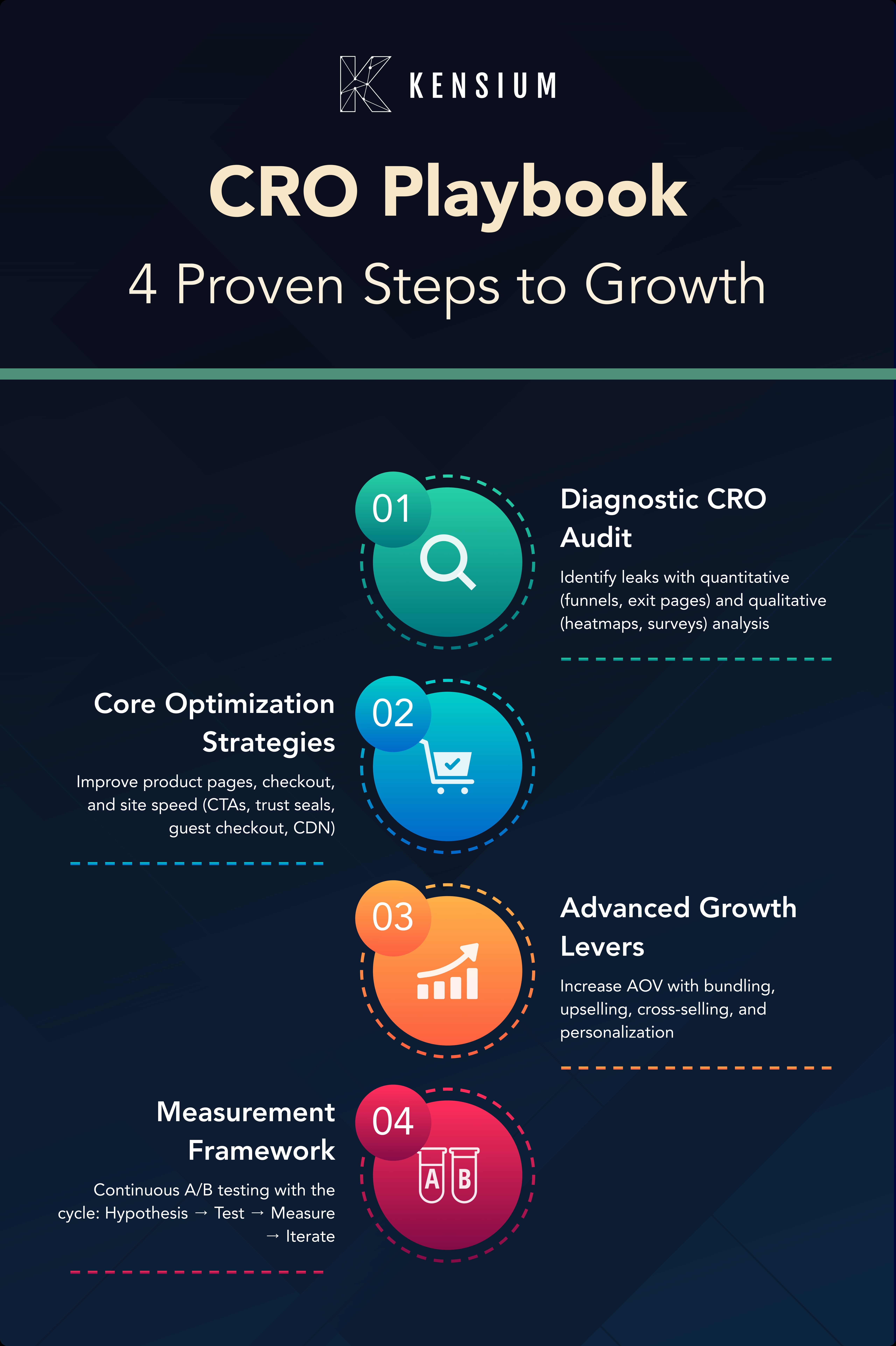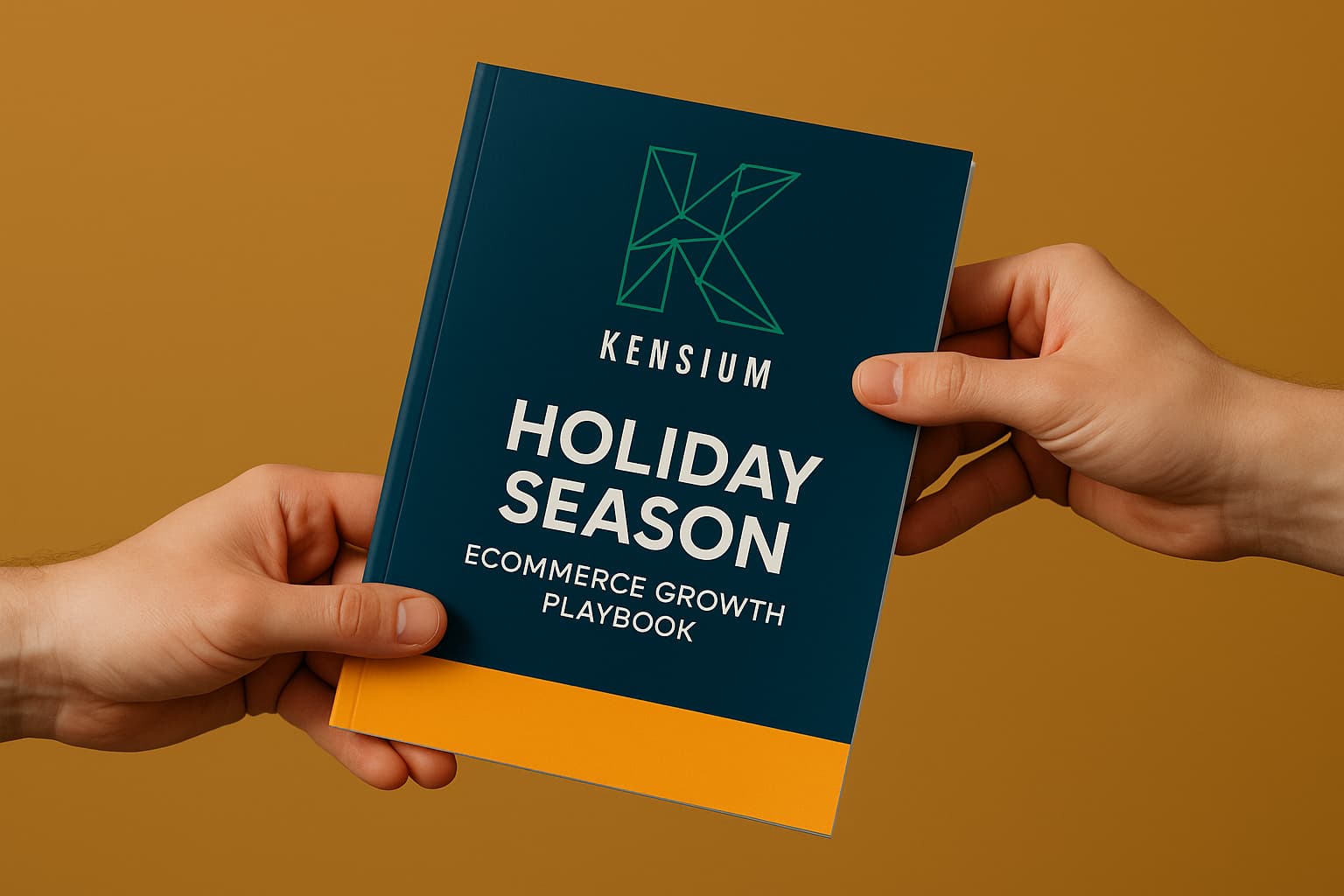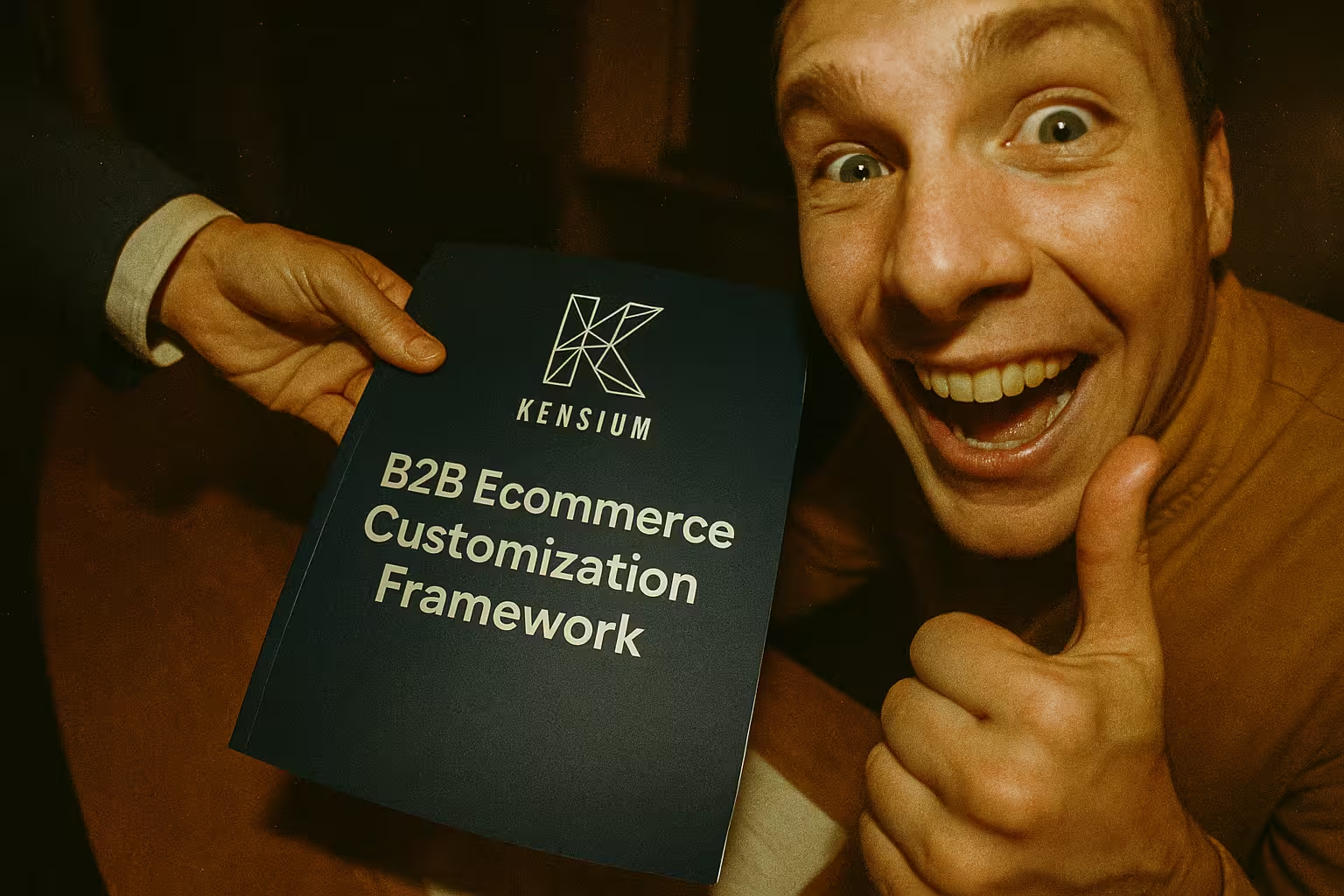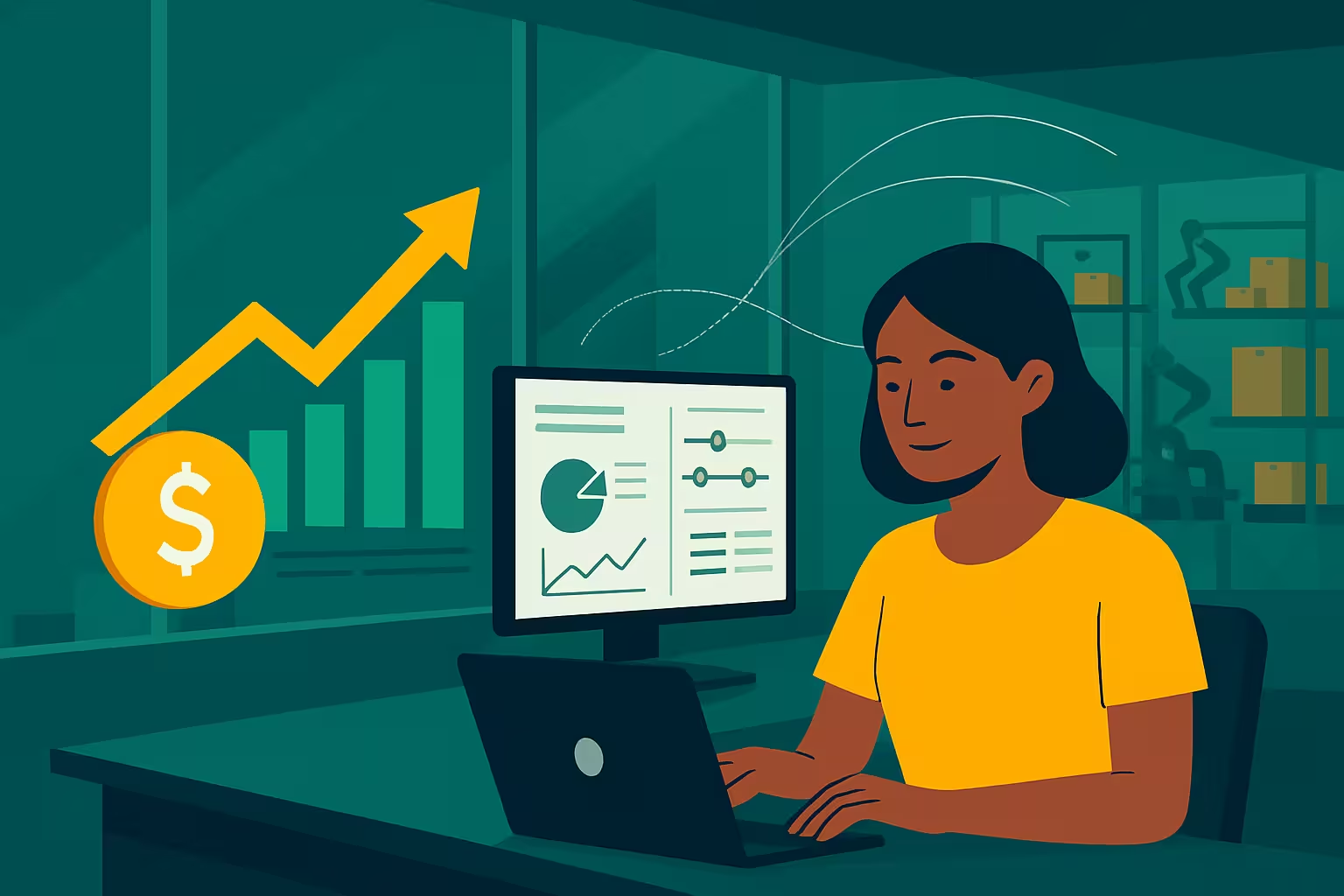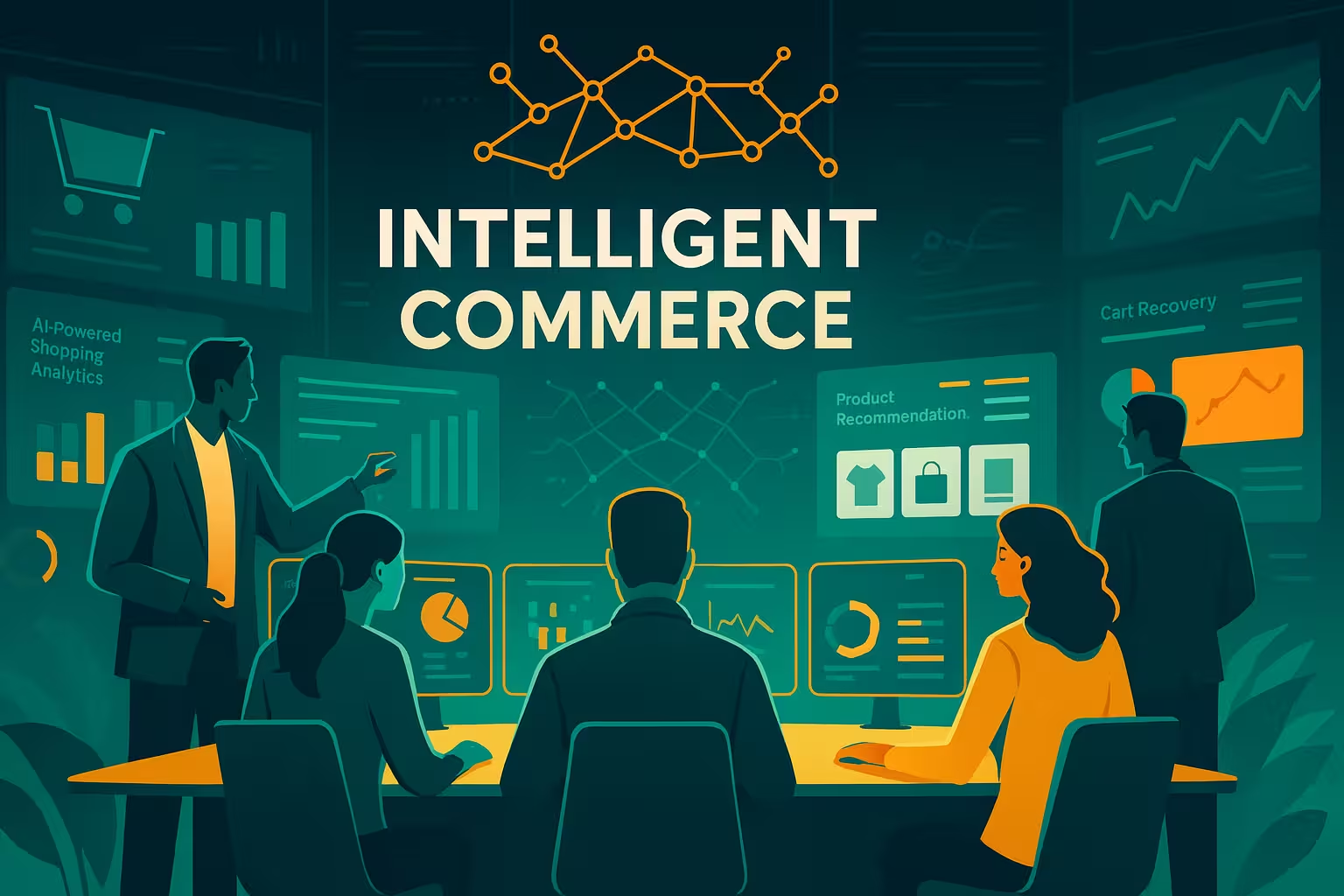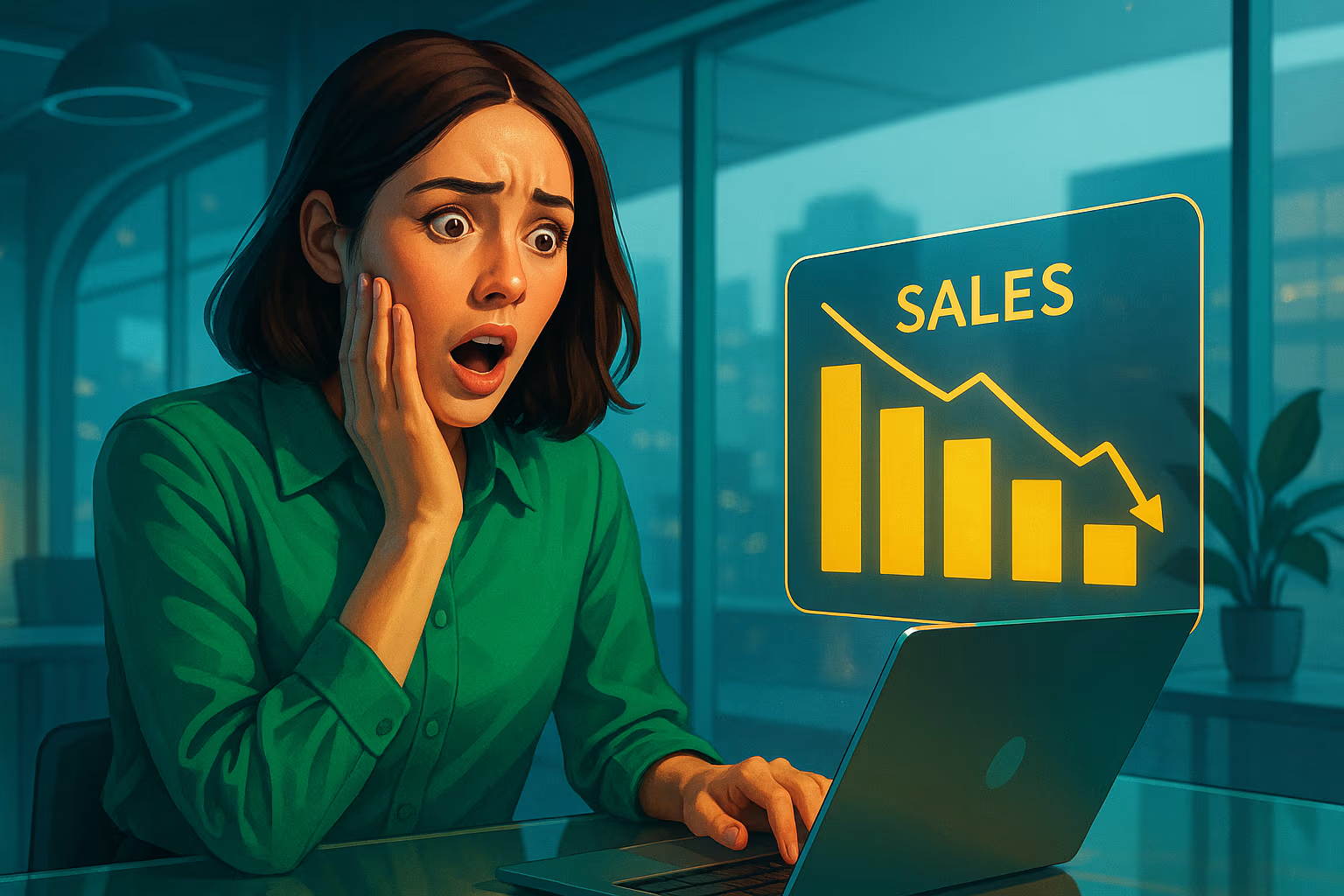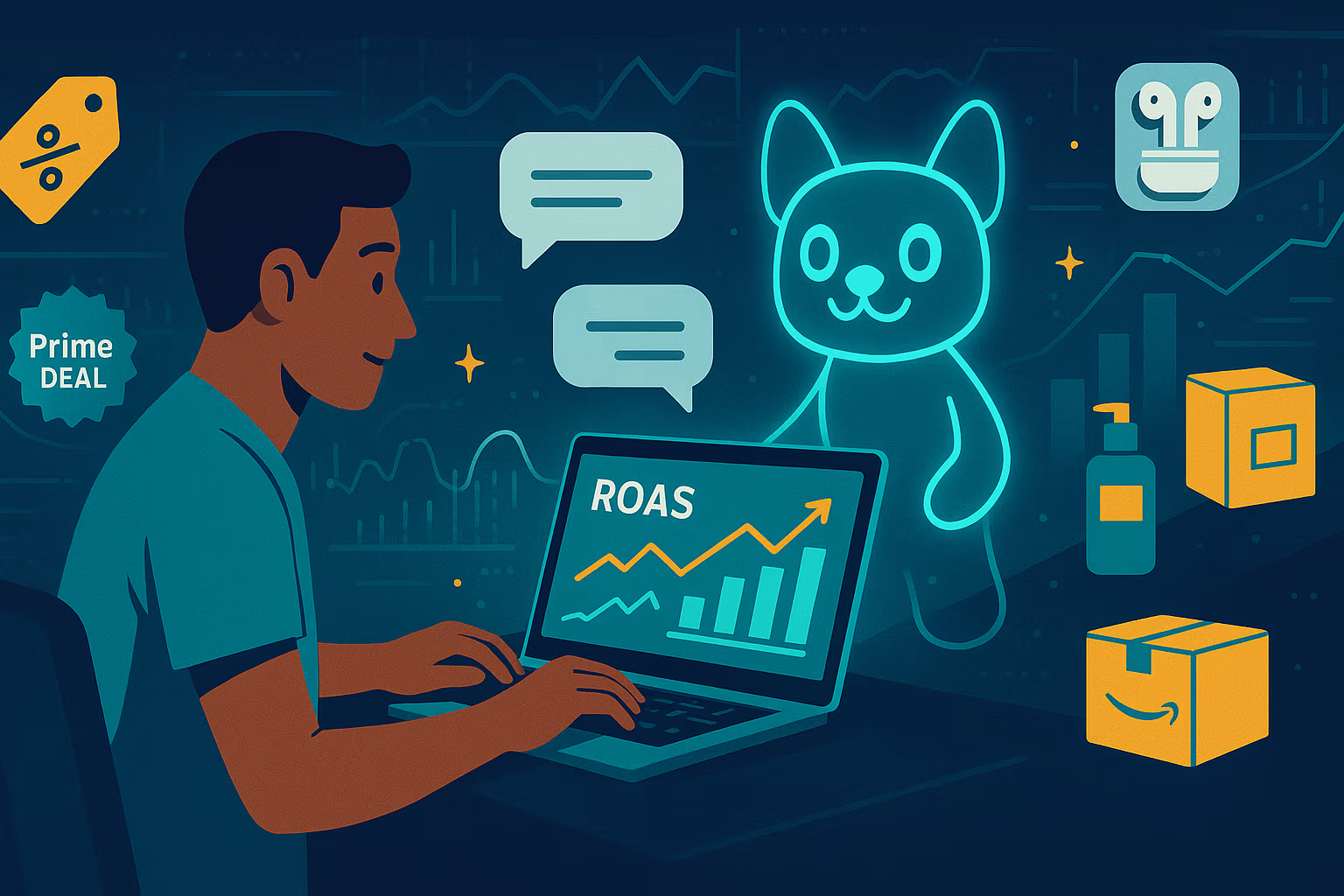
Are you watching US tariffs eat away at your profit margins? For many ecommerce business owners, the world of international trade feels like a chaotic storm of confusing terms, unpredictable supply chains, and mounting costs. The complexity is overwhelming, leaving you feeling reactive and vulnerable. But what if you could move from a state of crisis to one of control?
This is not just another article explaining the problem. This is your definitive playbook. We will provide a complete strategic framework with actionable tools and expert-backed strategies to help you master tariffs, protect your profits, and build a resilient global business. We will guide you through understanding the true financial impact, analyzing the operational disruption, implementing a powerful mitigation playbook, and executing practical compliance with confidence.
The Financial Realities: How US Tariffs Directly Erode Your Profits
Before you can fight back, you need to understand the enemy. Tariffs are not just an abstract news headline; they are a direct, quantifiable drain on your business's financial health. This section demystifies the core concepts and shows you exactly how to calculate their impact on your bottom line.
The financial damage can be severe. For businesses operating on already thin margins, the impact is magnified. Analysis based on data from financial firms shows that for manufacturers with 10%-15% profit margins, a new 10% tariff on critical imported materials could slash profitability by a staggering 50% to 75%[1]. To truly grasp your vulnerability, you need to model these costs.
For a foundational overview of how the U.S. government views these costs, the ITA's Guide to Import Tariffs is a valuable official resource.
Demystifying Key Terms: Tariff vs. Duty vs. Tax
To navigate the landscape, you must speak the language. Business owners often use these terms interchangeably, but they have distinct meanings. Getting them right is the first step toward compliance and control.
According to the World Trade Organization (WTO), tariffs are customs duties on merchandise imports, levied either as a percentage of value or a specific charge per unit[2]. They are a specific tool of trade policy, often designed to protect domestic industries from foreign competition.
Here’s a simple breakdown:
In short, a tariff is a specific kind of import duty, and all duties are a form of tax. For your ecommerce business, the key takeaway is that tariffs are an added tax you must pay to bring your products into the country.
The Direct Hit: How Tariffs Inflate Your Cost of Goods Sold (COGS)
So where does this new cost fit into your financial statements? Tariffs are not a general business expense; they are a direct component of your Cost of Goods Sold (COGS).
As defined by financial authorities like Investopedia, COGS represents the direct costs attributable to the production of the goods sold by a company[3]. The basic formula is:
COGS = Beginning Inventory + Purchases (including freight and tariffs) - Ending Inventory
Notice that tariffs are included in the "Purchases" component. This means every dollar paid in tariffs directly increases your COGS, which in turn directly reduces your gross profit.
Let’s look at a simple example:
- Before Tariff: You import a widget for $10. Your COGS is $10. You sell it for $30. Your gross profit is $20.
- After a 25% Tariff: You import the same widget. The cost is $10 + a $2.50 tariff. Your COGS is now $12.50. You sell it for $30. Your gross profit is now $17.50.
That single tariff just erased 12.5% of your gross profit on every unit sold. When visualized on a Profit & Loss statement, the damage is clear: higher COGS leads to lower gross and net income.
Calculating the Damage: Modeling the Impact on Your Profit Margins
Understanding the concept is one thing; calculating the precise damage to your business is another. Answering "How much will a 10% tariff reduce my profitability?" requires simple but crucial math.
Case Study: The "Modern Home" Ecommerce Store
Let's imagine an online store sells a popular decorative lamp sourced from overseas.
- Product Cost: $40
- Shipping & Insurance to US Port: $10
- Total Landed Cost (Pre-Tariff): $50
- Sale Price: $100
- Gross Profit (Pre-Tariff): $100 - $50 = $50
- Gross Profit Margin (Pre-Tariff): ($50 / $100) = 50%
Now, the government imposes a 25% tariff on this category of goods. The tariff is applied to the landed cost.
- Tariff Amount: 25% of $50 = $12.50
- New Total Landed Cost (Post-Tariff): $50 + $12.50 = $62.50
- New Gross Profit (Post-Tariff): $100 - $62.50 = $37.50
- New Gross Profit Margin (Post-Tariff): ($37.50 / $100) = 37.5%
The 25% tariff didn't just reduce the profit margin by 25%; it caused a 25% drop in the margin percentage itself (from 50% to 37.5%). This is the kind of margin compression that can cripple a business, reinforcing the stark analysis that even a 10% tariff can reduce overall profitability by 50% or more for businesses with typical margins[1].
To see how your own products are affected, use our downloadable Tariff Impact Calculator.
The Ripple Effect: How Tariffs Disrupt Your Entire Ecommerce Operation
The financial hit to your profit margin is only the beginning. Tariffs create a ripple effect that disrupts your entire business, from the factory floor to your customer's front door. This operational chaos can be just as damaging as the direct costs.
Industry surveys paint a grim picture of these wider effects. According to a survey by AlixPartners, a global consulting firm, almost three-quarters of executives report that per-package delivery costs have increased due to trade policy shifts[4]. This isn't just about the tariff itself; it's about the increased complexity, delays, and friction throughout the supply chain.
The Supply Chain Squeeze: From Delays to Diversification Pressure
For years, the primary question in sourcing was "How cheap can I get it?" Today, it's "Can I get it at all?" Tariffs, and the geopolitical tensions that often accompany them, introduce extreme volatility into your supply chain.
This directly forces a re-evaluation of single-source dependency, especially on countries targeted by tariffs. A report citing data from SAP and Supply Chain Digital found that 58% of retailers believe geopolitical unrest is a primary cause of recent supply chain issues[5]. Suddenly, your reliable factory in China could become a massive liability. This pressure forces you to ask hard questions: Should I change my sourcing? Do I have backup suppliers? The answer is no longer just about cost; it's about survival and resilience.
The Brake on Growth: Analyzing the Sector-Wide Slowdown
The impact of tariffs isn't isolated to your business; it's a headwind for the entire ecommerce sector. When costs rise across the board, consumer prices follow, which can dampen demand and slow growth.
Market research from eMarketer projects that new tariffs could slow U.S. ecommerce growth from a baseline of 7.9% down to 5.2%. In a heavy-tariff scenario, that growth could plummet to as low as 1.8%[6]. This slowdown is not evenly distributed. Categories with heavy reliance on imports, like electronics, apparel, and home goods, are often the most affected. As reported by major financial news outlets like CNBC, this trend represents a significant challenge to the previously explosive growth of online retail[7].
The Customer Conversation: How to Communicate Price Increases
One of the most difficult challenges is deciding how to handle the increased costs. If you can't absorb them, you must pass them on. But how do you raise prices without alienating your loyal customers?
This is a critical content gap many guides miss. The key is proactive, transparent communication. Don't just change the price tag overnight.
Strategies for Transparent Communication:
- Explain the "Why": Use a website banner, email newsletter, or social media post to briefly explain that external factors (global trade policies, tariffs) have increased costs. Frame it as a situation you are navigating, not a choice you are making to increase profits.
- Give Advance Notice: If possible, let customers know a price adjustment is coming. "Starting next month, prices on our imported ceramic collection will be adjusted to reflect new government-imposed tariffs."
- Reinforce Your Value: Remind customers of what they get when they buy from you—quality, customer service, unique design—to soften the blow of the price change.
The Ecommerce Tariff Playbook: 3 Levels of Proactive Mitigation
Understanding the problem is essential, but solving it is what matters. This is your playbook for taking control. We've structured these mitigation strategies into three levels, from immediate actions to long-term strategic shifts. This framework provides a sophisticated roadmap, not just a list of tips.
The foundation of any mitigation strategy, as highlighted by legal experts from the AICPA (Association of International Certified Professional Accountants), is a thorough evaluation of your supply chain to understand your product's country of origin, as this is what determines which tariffs apply[8]. To explore how your sourcing choices might help you leverage lower tariff rates, the government's Free Trade Agreement (FTA) Tariff Tool is an excellent starting point.
Level 1: Immediate Actions – Strategic Pricing Models
Your first line of defense is pricing. You have three primary models for dealing with tariff-related cost increases. The right choice depends on your brand, your margins, and your market.
- Absorption Model: You absorb the entire cost of the tariff, keeping your retail price the same.
- Pros: Protects customer loyalty and maintains competitive pricing.
- Cons: Directly reduces your profit margin. Only viable for high-margin products or as a short-term strategy.
- Pass-Through Model: You pass the full cost of the tariff on to the customer by increasing your retail price.
- Pros: Protects your profit margin completely.
- Cons: Risks losing price-sensitive customers and may make you uncompetitive.
- Hybrid Model: You split the difference. You absorb some of the cost and pass the rest on to the customer.
- Pros: Balances margin protection with customer retention. Often the most sustainable long-term solution.
- Cons: Requires careful calculation to find the right balance.
To choose the right path, use a decision tree: Are you a luxury brand with inelastic demand? Absorption or a slight hybrid model might work. Are you in a low-margin, high-volume market? A pass-through or aggressive hybrid model may be necessary for survival.
Level 2: Medium-Term Moves – Diversifying Your Supply Chain
Over-reliance on a single country for sourcing is a massive liability in a world of shifting trade policies. Diversification, or multisourcing, is a critical medium-term strategy for building resilience.
As legal trade experts note, "Tariffs are generally assessed based on a product’s country of origin... it is necessary to evaluate an import supply chain"[8]. This means changing the country of origin can change the tariff you pay.
How to Diversify Your Supply Chain:
- Identify Hotspots: Explore emerging manufacturing hubs that have favorable trade agreements with the U.S., such as Mexico (nearshoring), Vietnam, or India.
- Vet New Suppliers: Don't just look for the lowest price. Create a supplier scorecard to evaluate potential partners on reliability, quality control, capacity, and communication.
- Start Small: Don't shift your entire production overnight. Start by moving 10-20% of your volume to a new supplier to test their capabilities before making a larger commitment.
Platforms like Gembah and industry publications like Supply Chain Digital offer resources for finding and vetting international manufacturers.
Level 3: Advanced Tactics – Product Re-engineering & Legal Avenues
For businesses with the resources and complexity, advanced strategies can unlock significant savings.
- Product Re-engineering & "Substantial Transformation": A product's tariff classification (and its duty rate) depends on its specific components and where it undergoes "substantial transformation." As trade law experts explain, this is the process that creates a new and different article of commerce[8]. By making minor modifications to a product's design or shifting the final assembly location to a different country, you can sometimes legally change its classification to one with a lower or zero tariff. This requires expert guidance but can be highly effective.
- Leveraging Trade Advisory Services: For complex operations, hiring a trade advisory service or customs consultant can provide immense ROI. These experts can conduct a full audit of your supply chain, identify mitigation opportunities, and ensure compliance.
- Official Recourse Channels: Don't assume all barriers are fair or legal. The U.S. International Trade Administration (ITA) has a program where you can report a foreign trade barrier you believe unfairly restricts your business. The ITA notes that they work "to ensure countries live up to their agreement obligations"[9]. This is a powerful, proactive tool for fighting back.
Navigating the Maze: A Step-by-Step Guide to Import Compliance
Strategy is useless without execution. This section provides the practical, hands-on guidance you need to navigate the day-to-day complexities of importing. Following these steps will help you avoid costly fines, delays, and frustrated customers.
For those who want to dive deeper into the official regulations, the U.S. CBP Guide for Commercial Importers is the definitive government document.
Mastering Product Classification: Finding and Using HS Codes
The single most important element of import compliance is correctly classifying your product. Every product has a Harmonized System (HS) code, a standardized numerical method of classifying traded products. This code determines the tariff rate.
Getting it wrong can lead to customs holds, unexpected bills, and even fines for negligence. You can find the correct code for your products using the official Harmonized Tariff Schedule search tool provided by the U.S. International Trade Commission (USITC)[11]. The code's structure provides specific details about your product, and accuracy is paramount.
Shipping Smarts: DDP vs. DAP and the $800 De Minimis Rule
How duties are paid creates a vastly different experience for your customer. You have two main options for your shipping terms:
- DDP (Delivered Duty Paid): You, the seller, pay all duties and taxes upfront. The price the customer pays at checkout is the final price. This provides the best customer experience but requires you to accurately calculate and prepay these costs.
- DAP (Delivered at Place): The customer is responsible for paying any import duties and taxes when the package arrives in their country. This can lead to surprise bills and a poor customer experience if not communicated clearly.
For many U.S.-based ecommerce businesses, there is a critical cost-saving exemption to know: the de minimis rule. U.S. Customs and Border Protection (CBP) states, "Section 321... authorizes CBP to provide an administrative [exemption] from duty and tax [for] shipments of qualified imports of not more than $800 fair retail value"[10]. This means that for most direct-to-consumer shipments valued at under $800, no duties or taxes are due. Understanding and leveraging this rule is essential for businesses with lower-value products.
When to Call a Pro: Do You Need a Customs Broker?
While you can handle basic importing yourself, there comes a point when professional help is necessary. A licensed customs broker is a professional agent who acts on your behalf to clear your goods through customs.
Consider hiring a customs broker if:
- Your import volume is growing rapidly.
- You are importing a wide variety of products with complex classifications.
- You are dealing with goods subject to regulations from other government agencies (e.g., FDA, USDA).
- You are exploring advanced mitigation strategies like product re-engineering.
A good broker doesn't just file paperwork; they provide strategic advice that can save you thousands of dollars in duties and prevent costly compliance mistakes.
Conclusion: From Crisis to Control
The landscape of US tariffs and international trade is undeniably complex and challenging. It can feel like a constant battle against rising costs and uncertainty. However, you are not powerless. By shifting your mindset from reactive crisis management to proactive strategic control, you can navigate this environment and even build a more resilient, profitable, and future-proof business.
You now have the playbook. You understand how to calculate the true financial damage, how to analyze the ripple effects on your operations, and most importantly, how to implement a three-tiered mitigation strategy. From smart pricing and supply chain diversification to mastering compliance with HS codes and the $800 de minimis rule, you have the tools to take command. Tariffs are a business reality, but they do not have to dictate your success.
Don't let tariffs dictate your profitability. Take the first step to control: Download our free Tariff Impact Calculator to model the financial effect on your top products and identify your biggest vulnerabilities today.
This article provides informational guidance and should not be considered legal or financial advice. Consult with a qualified customs broker, accountant, or legal professional for advice specific to your business situation.
References & Sources
- Canidium & Goldman Sachs. (N.D.). Analysis on tariff impacts on corporate earnings and profit margins.
- World Trade Organization (WTO). (N.D.). Glossary: Tariffs. WTO.
- Investopedia. (N.D.). Cost of Goods Sold (COGS). Investopedia.
- AlixPartners. (N.D.). Survey on delivery trends and e-commerce disruption.
- SAP & Supply Chain Digital. (N.D.). Surveys on business and supply chain challenges.
- eMarketer. (N.D.). Projections on e-commerce growth.
- CNBC. (N.D.). Reporting on economic effects of tariffs on online retail.
- Abad, L. A., & Hok, D. C. (2025, June). Strategic trade management in 2025: Navigating and mitigating tariffs. The Tax Adviser. Retrieved from https://www.thetaxadviser.com/issues/2025/jun/strategic-trade-management-in-2025-navigating-and-mitigating-tariffs/
- International Trade Administration. (N.D.). Resolve a Foreign Trade Barrier. U.S. Department of Commerce. Retrieved from https://www.trade.gov/resolve-foreign-trade-barrier
- U.S. Customs and Border Protection. (N.D.). Basic Importing and Exporting. U.S. Department of Homeland Security. Retrieved from https://www.cbp.gov/trade/basic-import-export
- U.S. International Trade Commission (USITC). (N.D.). Harmonized Tariff Schedule. USITC.








.png)



